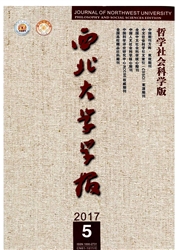

 中文摘要:
中文摘要:
在人口老龄化、全球化和女性劳动参与率不断提高的国际趋势下,各国对长期护理劳动力供给需求持续上升,费用也不断上涨,与此同时,长期护理人员供给却呈现结构不均衡、综合素质较低、离职率较高等特征。本文通过比较OECD国家增加长期护理劳动力供给的经验和挑战,得出相关经验启示:加快建立长期护理保险制度以提供资金保障,增加护理职业吸引力以稳定长期护理人才队伍,加强教育和培训以开发长期护理人力资源,使长期护理劳动力从数量和质量上满足长期护理需求,长期护理制度得到可持续发展。
 英文摘要:
英文摘要:
In the international trend of population aging, globalization and higher female labor participation, de- mand of long - term care workforce is rising in variable countries and expenditure of long term care service has steadily grown over recent years. At the same time, proportion of formal and informal long - term care work- force is not equilibrium and turnover rate is higher than other care sector. This paper intends to illustrate the experience as well as challenges of increasing long term workforce supply in OECD countries. The experiences and enlightenment are as follows: accelerate the establishment of a long - term care insurance system to pro- vide financial security, increase rehabilitation nursing occupational attraction to long - term stability of the nursing make lo staff, strengthen education and training to develop long- term nursing human resources, in order to ng - term care workforce from quantity and quality to meet the demand of long - term care and the long -term care system of sustainable development.
 同期刊论文项目
同期刊论文项目
 同项目期刊论文
同项目期刊论文
 期刊信息
期刊信息
